Research infrastructure
EV research infrastructure in Denmark
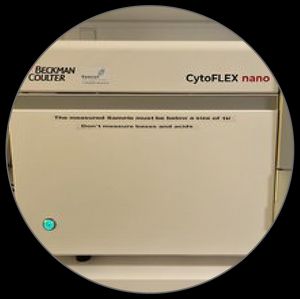
CytoFLEX nano
Aarhus University, FACS Core Facility
Description
A dedicated small-particle flow cytometer capable of resolving particles down to 40 nm on scatter and to separate particle with a size difference down to 10 nm. Analysis of particles between 450-800 nm require authorization from the FACS Core Facility. Particles above 800 nm cannot be acquired on this instrument.
Whom to contact
FACS Core Facility
https://biomed.au.dk/research/core-facilities/facs-core-facility
Access
Paid access or service
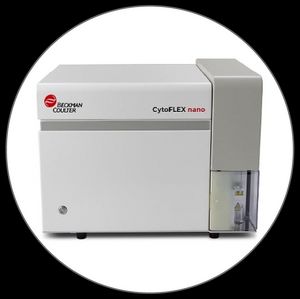
CytoFLEX nano
University of Southern Denmark, Department of Molecular Medicine
Description
A dedicated small-particle flow cytometer capable of resolving particles down to 40 nm on scatter and to separate particle with a size difference down to 10 nm. It has 6 separate fluorescent channels and 5 side-scatter channels for a thourogh characterization of particles up to 450 nm. Analysis of particles between 450-800 nm require authorization and particles above 800 nm cannot be acquired on this instrument.
Whom to contact
Aida Solhøj Hansen (aidah@health.sdu.dk)
Access
Paid access or service
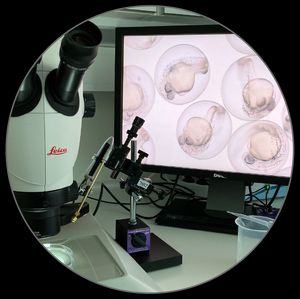
Zebrafish models
Aarhus University, Department of Molecular Biology and Genetics
Description
We have two approaches: genetic engineering of endogenous EVs with a fluorescent reporter and microinjection of (fluorescently labelled) EVs including, but not limited to, human-derived EVs. In both cases, EVs are imaged in live zebrafish embryos using optical microscopes to study the secretion & uptake kinetics (via transgenesis), biodistribution (if microinjected), and interactions with cells of interest (e.g. macrophages and endothelial cells). Our genetic approach is not just about fluorescent labelling; we can engineer EVs in any way through transfection of zebrafish embryos to obtain in vivo results within a week. Collaborations on tissue injury models and EV injections are welcome!
Whom to contact
Yuya Hayashi
https://mbg.au.dk/yuya-hayashi/
Access
Through collaborations
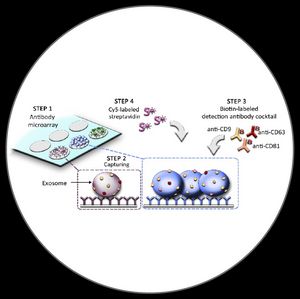
EV Array
Aalborg University Hospital, Department of Clinical Immunology; EV Innovation
Description
The EV Array is a high-throughput protein microarray platform. The EV Array consumes only 10 – 100 µL sample. The EV Array is performed in multi-well cassettes in a high-throughput manner (up to 21 samples per slide), but is still easy to handle in the laboratory. The use of microarray as a platform with spots of >1 nL volumes minimizes the cost of the EV Array as only small amounts of antibodies are needed.
Whom to contact
EV Array
https://evarray.dk
Vesikelforskning
https://aalborguh.rn.dk/Forskning/Forskningsomraader/Laegefaglige-specialer/Klinisk-Immunologi/Forskningsomraader/Vesikelforskning
Access
Through collaborations
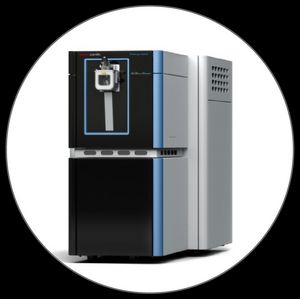
Orbitrap Astral Mass Spectrometer for EV proteomics
Center for Protein Research, University of Copenhagen
Description
State-of-the-art mass spectrometry-based deep proteome profiling of EVs. We mostly analyze samples based on protein input (500 ng per sample), but we are currently developing a more sensitive protocol that can analyze samples based on EV counts (32 million EVs by NTA analysis).
Whom to contact
Ole Østergaard (ole.ostergaard@cpr.ku.dk)
Access
Through collaborations or as a paid service